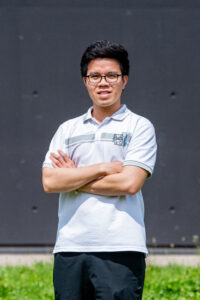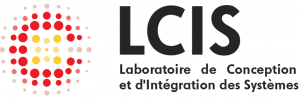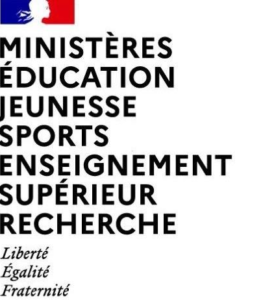Nos membres
Tan Minh Hung TRUONG
PhD Student
CO4SYS team
Grenoble INP

Short presentation
Tan Minh Hung TRUONG comes from Vietnam. He graduated from Ho Chi Minh City University of Technology (HCMUT), majoring in Mechatronics in 2024. He is currently a PhD student at Grenoble INP – Esisar. His project involves an autonomous robotic system developed based on a Bio-inspired navigation model combined with the special properties of B-spline curves, aimed at helping the robot system navigate in crowded and complex environments. Using knowledge of embedded systems programming, image processing, and control, he, along with the professors of the CO4SYS team at the LCIS laboratory, will collaborate to achieve the best results.
Research activities
Keywords : Bio – inspired navigation, robotics, computer vision, B-spline curves, optimization-based control, motion planning and control.
PhD thesis : Bio-inspired model for collective exploration by a swarm of autonomous agents and optimization of their trajectories in unknown environments.
Description :
This project lies at the intersection of bio-inspired navigation, motion planning, and multi-agent systems. It aims to develop navigation models in unknown environments that are robust, easily distributable across groups of robots or drone swarms, and capable of defining optimal trajectories. Bio-inspired navigation models seek to replicate the navigation abilities of living beings by studying the functioning of brain structures dedicated to this task. The model developed at the LCIS laboratory – Grenoble INP, Université Grenoble-Alpes, in collaboration with the LITIS laboratory (Université de Rouen-Normandie), simulates the functioning of three types of navigation-dedicated neurons to generate a two-level environmental model, featuring local navigation and a global navigation graph. These two properties allow, on the one hand, deviation from previously explored paths to seek more optimal trajectories, and on the other hand, distribution across multiple systems to distribute computing resources.
Although still in development, our navigation model has demonstrated its capabilities to map an unknown environment without being affected by drift and to guide an agent or robot using the generated model. The model has also been distributed across multiple agents or robots, enabling collective exploration and guidance. However, some aspects remain to be studied, including:
- Managing the navigation graph, particularly to ensure reliable place recognition for exploring redundant environments.
- Defining advanced exploitation models for the navigation model.
- Generating optimized trajectories for guiding physical systems by leveraging the possibilities offered by local navigation and the global navigation graph.
- Defining optimized distribution strategies for the model across groups of agents or robots to minimize inter-agent communication while promoting computational load distribution.
This thesis proposes to continue the study and development of this navigation model and explore the possibilities it offers for trajectory generation and distribution within a group of agents.


